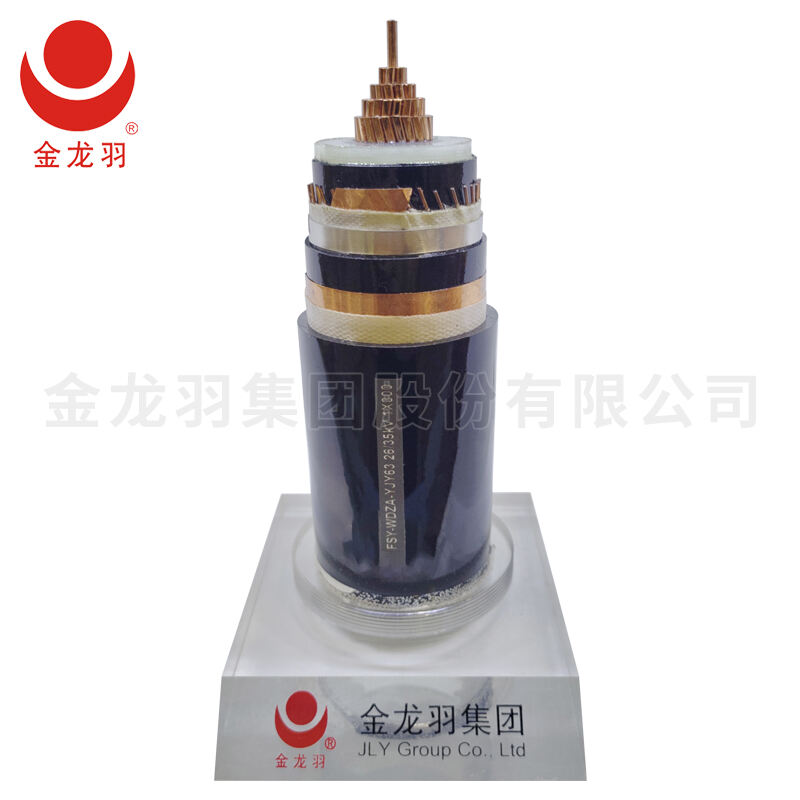The development of voltage transmission cables has improved urban areas. With cities growing modernly, the need for energy tranmission has become a vital necessity. This article will discuss the impact of voltage transmission cables on energy distribution through cities and the recent trends changing their future.
Within the last few years, urbanization has been developing at an unparalleled rate. The UN reported that over 55% of the global population lives in urban regions, which is naditionally forecasted to reach 68% by the year 2050 . This rapid urban expansion requires a network capable of supporting energy demands from residents, businesses, and industries. Many city centers are powered by high voltage transmission cables which allows them to recieve power without energy loss.
One of the benefits of using high voltage transmission cables is the reduction of transmission loss. Unlike high voltage lines, low voltage lines face higher energy loss because of the resistance experienced in the conductors. Lower energy costs along with enhanced economic growth in urban areas can be achieved because these cables experience less energy loss.
In addition, high voltage transmission cables boost the use of alternative energy sources, like wind, solar, and hydro-power, in the urban grid. To achieve sustainability goals, cities need to use renewables, and high voltage lines build a bridge between the renewables plants and the main cities where power is needed the most. This not only helps the environmental case, but also helps in achieving energy security by turning towards renewable energy sources.
Aside from the technical aspects, high voltage transmission cables add to the aesthetic beauty and spatial efficiency of cities. The use of underground cables, for instance, reduces the energy infrastructure’s encroachment on city scapes. Urban areas are increasingly more populated, leading to a heightened requirement for space saving solutions. The use of underground high voltage cables enables city planners to set aside more land for parks, residential buildings, and business infrastructures to improve the quality of life in cities.
In terms of urban development, the important factors to consider regarding high voltage transmission cables are still emerging. The development of smart grid technology is one of these factors. Smart grids promote the use of digital technology for monitoring and managing energy flows, which increases the efficiency and reliability of electricity distribution. High voltage transmission cables will be instrumental in this development by providing solutions for data exchange in real time and better incorporation of multiple energy sources.
The integration of resilience and sustainability into urban infrastructure is another significant trend. The impacts of climate change have forced cities to adopt advanced technologies to improve the resiliency of their energy systems. High voltage transmission cables, on the other hand, allows for the use of renewable energy as well as lower transmission losses, making them an essential part of this undertaking.
To summarize, urban development in the future relies heavily on the use of high voltage transmission cables. These cables are crucial to reliable energy distribution, support sustainably and improve the aesthetic value of the cities at the same time. As urbanization continues, so does the importance of these cables because they will foster change and efficiency in the energy transmission sector. The existing paradigm shift towards advanced technology as well as resilience planning assures their significance in modern cities.

